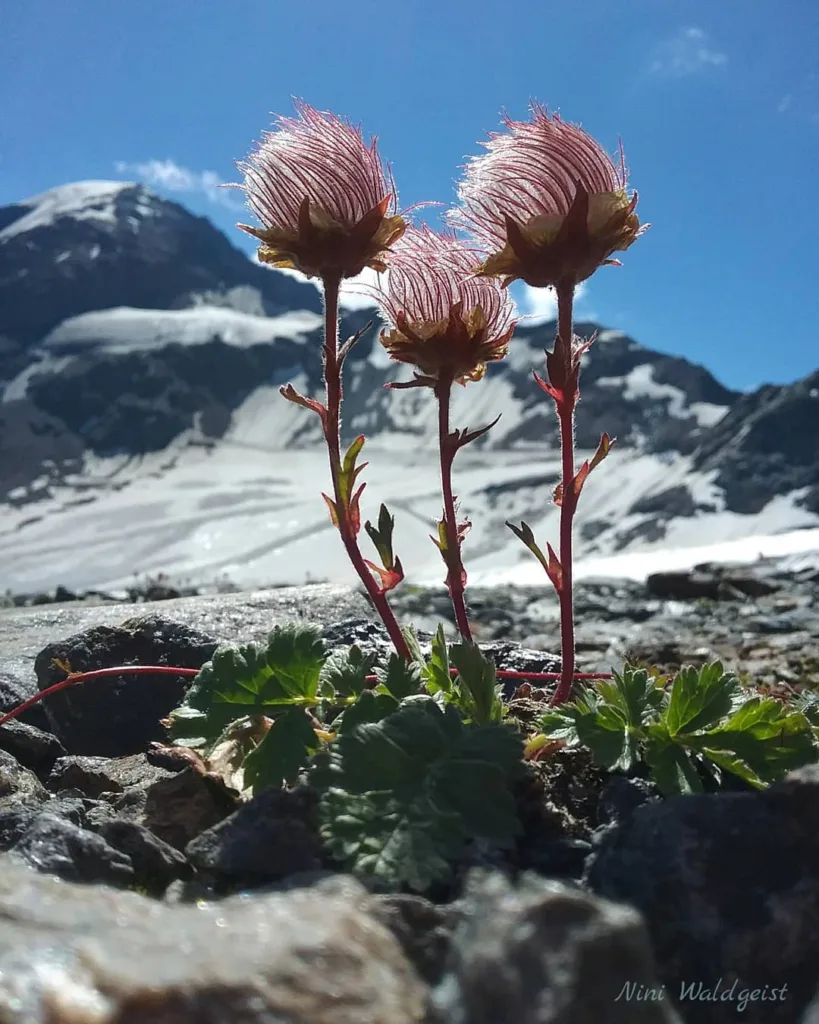
FAQs About Pereskia Aculeata
As a passionate plant enthusiast, I’ve delved into the world of Pereskia Aculeata, commonly known as the Barbados Gooseberry. This intriguing plant often piques the curiosity of fellow gardeners and plant lovers. Here’s a comprehensive guide addressing some of the most frequently asked questions about Pereskia Aculeata, based on my experiences and research.
4 Species in Genus Pereskia
What is Pereskia Aculeata?
Pereskia Aculeata is a unique species of cactus, often mistaken for a traditional cactus due to its spiky appearance. Unlike most cacti, Pereskia Aculeata features broad, leafy stems. It is native to tropical regions and produces vibrant yellow or orange fruits, which are both edible and quite tasty. This plant is known for its ornamental value and its role in traditional medicine.
How Does Pereskia Aculeata Adapt to Dry Climates?
One of the reasons Pereskia Aculeata is so fascinating is its ability to thrive in dry climates. The plant has adapted to arid environments through a few key mechanisms. Its thick, succulent stems store water, allowing it to survive prolonged periods without rainfall. Additionally, the plant’s waxy coating helps minimize water loss by reducing evaporation. For those of us in dry climates, this resilience makes Pereskia Aculeata a great choice for adding a touch of greenery to our landscapes.
How to Propagate Pereskia Aculeata?
Propagating Pereskia Aculeata can be a rewarding experience if done correctly. I’ve found that the most effective method is through stem cuttings. Here’s a step-by-step guide based on my own trials:
- Select a Healthy Stem: Choose a healthy, mature stem from the parent plant. It should be about 4-6 inches long.
- Prepare the Cutting: Remove the leaves from the bottom half of the cutting. This exposes the nodes where roots will develop.
- Allow to Callus: Place the cutting in a dry, shaded area for a few days to allow the cut end to callus over. This step is crucial to prevent rot.
- Plant the Cutting: Insert the callused end into a pot with well-draining soil. I use a mix of potting soil and perlite for optimal drainage.
- Water Sparingly: Water the cutting lightly and ensure the pot has good drainage. Keep it in a warm, sunny spot.
How to Root Pereskia Aculeata?
Rooting Pereskia Aculeata involves similar steps to propagation but with a focus on stimulating root growth. Here’s my approach:
- Use Rooting Hormone (Optional): For faster rooting, dip the cut end of the stem into rooting hormone before planting.
- Maintain Moisture: Keep the soil slightly moist but not soggy. Too much moisture can lead to rot.
- Provide Warmth: Place the pot in a warm, bright location. A temperature range of 70-80°F (21-27°C) is ideal.
- Patience is Key: Roots typically begin to form within a few weeks. Gently tug on the cutting to check for resistance, which indicates root development.
Where Can I Find Pereskia Aculeata for Sale?
Finding Pereskia Aculeata for sale can be a bit of a treasure hunt. I’ve had success locating this plant through several channels:
- Specialty Nurseries: Some nurseries specializing in exotic or tropical plants carry Pereskia Aculeata. It’s worth calling ahead or checking their websites.
- Online Plant Stores: Numerous online retailers offer Pereskia Aculeata. Websites like Etsy and eBay often have listings from individual sellers and collectors.
- Local Plant Shows: Occasionally, plant shows and fairs will feature rare and unique species. These events can be a great opportunity to find Pereskia Aculeata.
Where to Buy Pereskia Aculeata?
When it comes to purchasing Pereskia Aculeata, consider the following sources:
- Reputable Online Retailers: Sites like Amazon and specialized plant shops offer Pereskia Aculeata, often with the option for shipping.
- Botanical Gardens: Some botanical gardens have plant sales or gift shops where you might find this species.
- Local Plant Exchanges: Engaging with local gardening clubs or plant exchanges can also lead to finding this unique plant.
How to Care for Pereskia Aculeata?
Caring for Pereskia Aculeata involves understanding its specific needs:
- Light: Provide bright, indirect sunlight. It can tolerate full sun but may need some protection from intense afternoon rays.
- Watering: Allow the soil to dry out between waterings. Water thoroughly, but avoid waterlogging.
- Soil: Use a well-draining soil mix. A combination of potting soil and sand or perlite works well.
- Temperature: Keep it in a warm environment. It’s best suited for USDA hardiness zones 9-11.
Common Problems and Solutions
One common issue with Pereskia Aculeata is root rot, often due to overwatering. To prevent this, ensure proper drainage and avoid letting the plant sit in water. Another problem is pest infestations, particularly from scale insects. Regularly check the plant and treat infestations with insecticidal soap if needed.
Can You Grow Pereskia Aculeata Indoors?
Yes, Pereskia Aculeata can be grown indoors if given the right conditions. Ensure it receives plenty of bright, indirect light and maintain a warm, stable temperature. Indoor growth may be slower, but it’s certainly possible with the right care.
Is Pereskia Aculeata Toxic?
Pereskia Aculeata is not known to be toxic to humans or pets. Its fruits are edible and used in various culinary and medicinal applications. However, always ensure proper identification and consult with a professional if you have concerns about plant toxicity.
In conclusion, Pereskia Aculeata is a remarkable plant with its own unique set of care requirements and benefits. Whether you’re looking to add it to your garden or start it indoors, understanding its needs and where to find it can help ensure a successful and rewarding experience.
If i die, water my plants!



